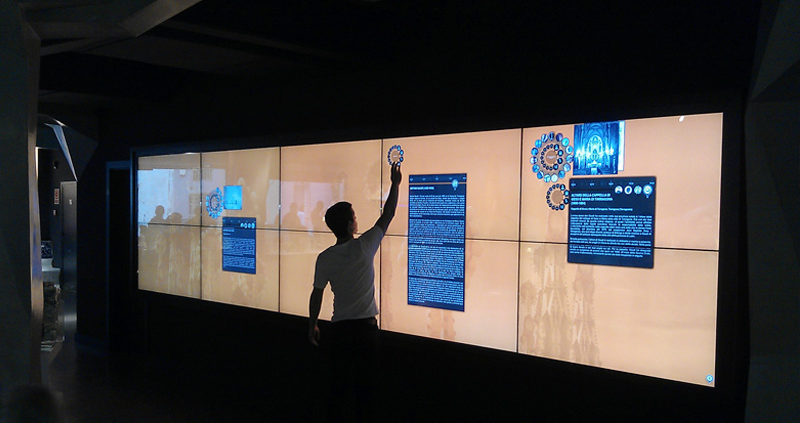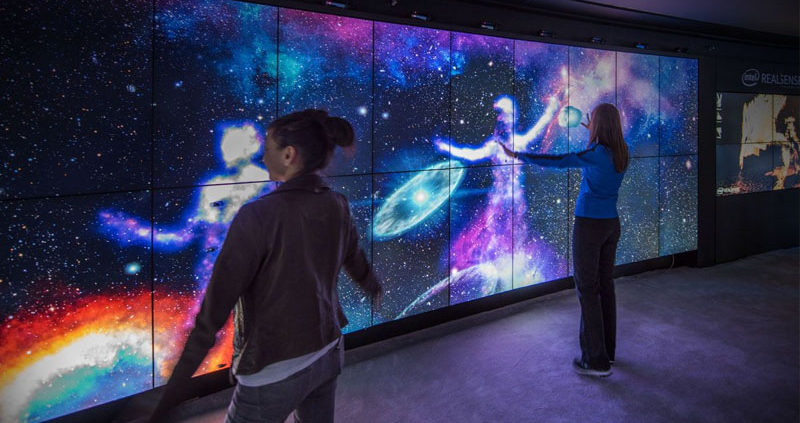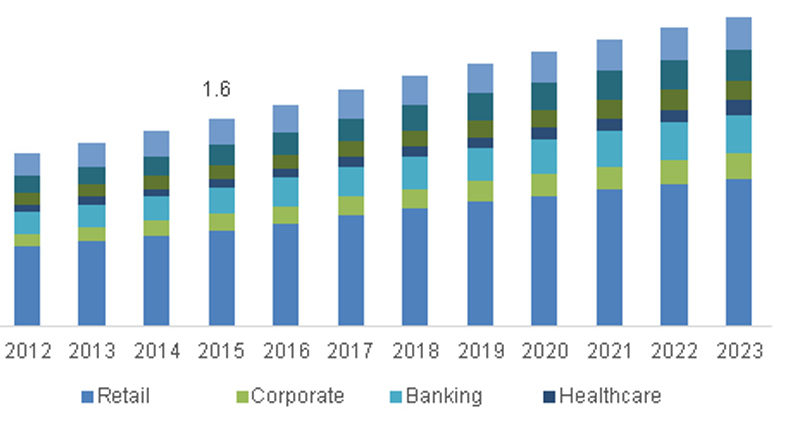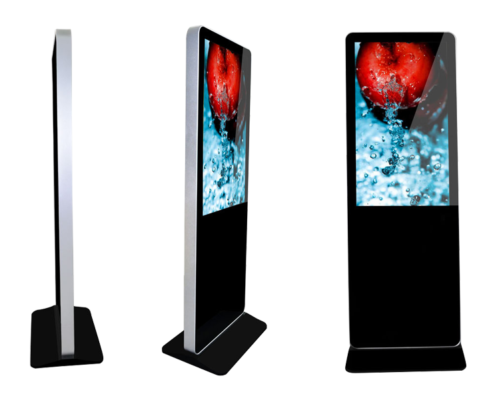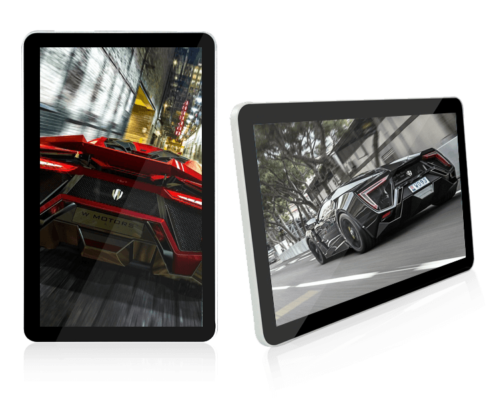5 Digital Signage Trends Driving Customer Experience Innovation
To understand the various trends at play within digital signage, it’s important to step back and understand where our market is heading. What’s becoming clear is that “digital signage” as it was narrowly defined just a few short years ago is giving way to a much more immersive experience. It’s not just about catching someone’s eye with digital signage, it’s about engaging people once you have their attention – and that includes long-tail engagement that continues subsequent to the customer leaving an establishment. Museums, brick & mortar retail, tourist attractions, tradeshows & events, educational institutions and hotels – these segments and many others are embracing the latest technology and using digital displays to entertain, inform and engage their patrons.
Digital signage content, players and screens remain the key elements of this “digital experience,” however the ecosystem is rapidly being enriched by hardware and software innovation that enables viewers to experience content in new ways. Five trends in particular are driving this next wave of innovation:
The multi-screen experience
Multi-screen experiences are on the rise. While it used to be exceptional to see and interact with a multi-display installation, now such interactivity is routine. Whether an audience is presented with a synchronized video wall, a simulated “shark tank” attraction or any combination of multiple screens building an experience, this type of on-screen presentation is becoming more and more commonplace.
Encoding and streaming over IP
Rich media is at the core of creating a dynamic digital experience. The latest hardware enables real-time encoding and streaming of content to a variety of end-point devices via IP. This opens the door to incorporate an extensive array of content, including live HD video, content from IP cameras, media streamed directly from Internet sources such as YouTube, and even audio content. Some players can even act as IP streaming servers, which securely distribute videos to a set of devices without the need to store content locally on the end-point devices.
Deployment technology
As the scale and complexity of networks continue to expand, deployment becomes a more daunting challenge. But this challenge is giving birth to a new wave of technologies that streamline the deployment process. For example, one new feature on the market allows customers to set up and deploy thousands of players all automatically, at once. Considering that conventional deployment often calls for SD cards to be duplicated and inserted in each and every player on the network, the ability to deploy a masse via the cloud is a real game-changer.
Tagging media and players
The ability to tag content and tag individual media players brings a new level of customization to digital signage, taking what would otherwise be a very complicated content management task and streamlining the process such that anyone can determine where and when desired content will appear. Individual media files and entire playlists can be tagged to display within certain areas at different times. Player tags can be created as well, adding a secondary level of content filtering for highly targeted content delivery to specified groups of players. These tagging features are especially useful for customers with expansive digital signage networks, and also for marketing firms that manage digital signage networks for many customers.
Mobile interactivity / beacons and blue tooth
Integrating Bluetooth technology into the digital signage ecosystem lets businesses engage customers like never before. The use of Bluetooth and beacons enable bi-directional communication between the digital signage and customers’ mobile devices. This increases customer engagement by enabling businesses to deliver highly relevant messaging and content. Additionally, customers can be presented the option of interacting with and controlling the signage via their mobile devices. This new ability elevates digital signage to a two-screen experience and enables highly targeted audience participation – presenting near-limitless potential to businesses interested in maximizing the impact of their digital signage networks.
Keep a watchful eye on these trends in the months ahead, as they are sure to elevate the customer experience in new and exciting ways.

